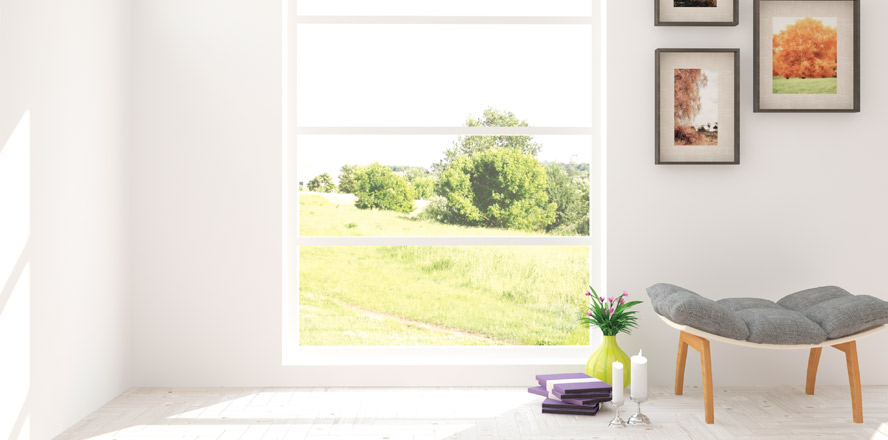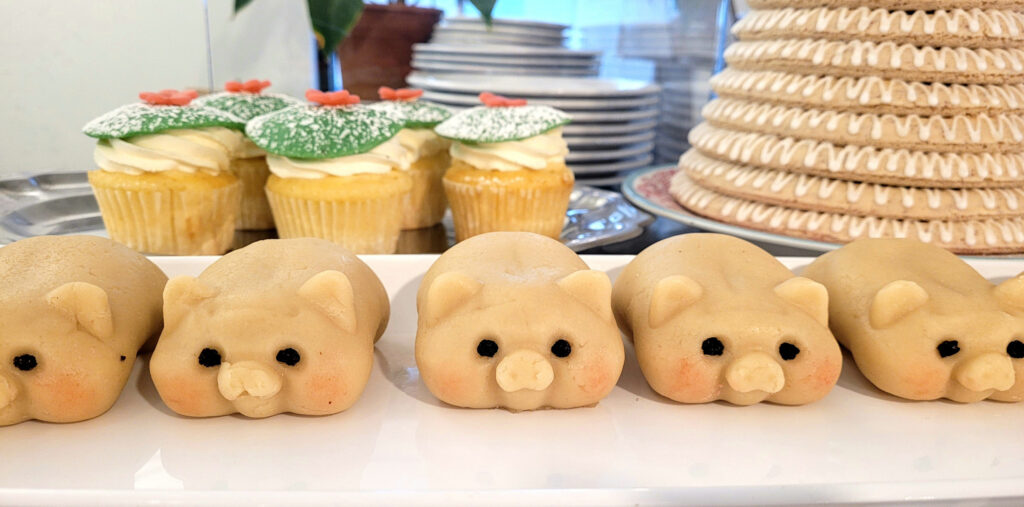by Janice Henshaw –
Many of us are committed to cycling and walking instead of using our cars whenever we can. We support local farmers or grow our food, and have lowered the temperature of our water heaters and furnaces. We have installed low-flow showerheads, and when replacing an appliance, we choose one with an efficient ENERGY STAR rating.
However, there are still steps we can take to reduce our environmental footprint.
In our homes, we can tackle projects such as insulating our basements and attics, applying weather stripping to doors and windows, and choosing flooring materials and paints with low VOCs (volatile organic compounds, such as formaldehyde).
If we can’t manage those jobs ourselves, we can hire experts. That’s a win/win situation: good for us, good for our local economy! In spending our purchasing dollars where we live, we can search for the best in eco-friendly products and services.
Energy (and Money) Escaping Through the Windows
Outdated windows and air leaks can be a big energy and money waster. “We believe the best practice is to accurately install the highest insulating value window that is also very air tight for a new build or renovation,” says Damon Gray, General Manager of NZ Builders Ltd. “Through our research, we have learned that 90% of a home’s air leakage is through the windows and they are also your biggest heat loss.”
Life Cycle Assessments of the home have shown that 90% of a home’s total energy consumption occurs during the lived-in phase, while only 10% occurs during construction and destruction, explains Damon. “We need to be building homes that focus on reducing the amount of energy consumed during their whole life cycle.”
If you can’t afford to replace your windows right away, then the next best action is to purchase window coverings, open them during the day when the sun is shining, and close them at night to retain heat.
The Benefits of Heating and Cooling Your Home with
a Heat Pump. Don Gulevich, owner of the family-run Coastal Heat Pumps, says that an air source heat pump, which draws heat from the outside during the winter and helps cool the house during the summer, is three to four times more efficient than electric heat. “It’s the way to go because it does not burn fossil fuels. Financing is available, and you can use your savings to help make the payments. As hydro rates increase, heat pumps become more attractive.”
“A good quality heat pump should last 20 to 25 years,” explains Don. “Our climate is perfect for heat pumps. They bring so much benefit, and that’s what I love about them: we can bring that comfort and energy savings to people, and we can earn a living doing it.” In 2016, Coastal Heat Pumps won the Peninsula Chamber of Commerce Business of the Year (1-15 Employees) Crystal Award, and, in 2017, the Business Examiner Trades Business of the Year Award. “It’s a whole team effort,” concludes Don.
Don’t Forget Your Toilet! Canada Mortgage and Housing Corporation (CMHC) reports that “choosing the right toilet can be one of the most important – and most often overlooked – decisions you will make. A high-quality toilet can help you save money, protect the environment and conserve water, all without sacrificing performance or peace of mind. Choose the wrong toilet, and you could wind up flushing your hard-earned dollars down the drain.”
Who knew? And how about toilet paper? According to the David Suzuki Foundation website: “The best choice is toilet and other paper products made from 100 percent post-consumer waste (PCW) because it is made from resources that have already been extracted, reused and kept out of the waste stream.”
Lighting− LEDS are Where It’s At. In The Guardian, climate change expert Chris Goodal reports that LEDs (light-emitting diodes) have become cheap and effective. He suggests replacing as many “energy-guzzling halogen lights in your house as possible.” LEDs should last at least 10 years, notes Chris.
Flooring – So Many Choices! Some of the most eco-friendly flooring solutions include reclaimed hardwood, cork, bamboo, linoleum, glass tiles, concrete, wool carpet and rubber. Joel Radford, a flooring specialist at West Wind Hardwood Inc., reports that they create beautiful flooring from Douglas fir two- by 10-foot floor joists reclaimed from old buildings that are being torn down. Former North Saanich middle school students will be interested to know that floor joists from their old school were recycled into new floors.
At West Wind Hardwood they use Oli-Natura, a Linseed oil based finish for natural wood, imported from Germany. “Most of the finishes we use are low in solvents,” says Joe.
Furniture – Classy, Functional, and Creative. Muffet & Louisa, a much-loved store in Sidney for 31 years, sells furniture made by local master craftsman Don Bastian. Don builds his functional and creative pieces using reclaimed wood and other materials, such as metal, stone or glass. “Every piece he makes is unique and accentuates the natural beauty of the wood that he chooses,” says owner Muffet Billyard-Leake. “Bastian’s ethic invokes the warmth of purposely worn materials which are enhanced in a home setting. His eye for matching and configuring beach weathered bolts and iron into a bench or table of repurposed woods create a space that is both personal and heartwarming.”
Cabinetry and Wood Veneer Doors. Homeowners can also make responsible choices in their kitchen cabinets. “Our EcoPlus cabinet line offers a particleboard cabinet box that is manufactured using recycled material and has no urea-formaldehyde added adhesive − without compromising strength and durability,” says Jessica Kwasnica, owner and senior designer at Seaside Cabinetry & Design. “This is a great option for environmentally conscious owners, as well as a great option for LEED points (Leadership in Energy and Environmental Design). We offer seven beautiful Eco-Friendly Engineered Wood Veneer Doors that use water-based dyes to complete their look. Although these woods replicate the appearance of their rare and exotic counterparts, they are in fact created using plantation-grown, responsibly managed woods.”
Bring Old Furniture Back to Life Without the Use of Chemicals. “I never like to paint over beautiful wood if at all possible,” says Lynne Parker, owner of The Old Attic on East Saanich Road. She describes one of her favourite Howard line products, Restor-A-Finish, as “simply amazing” because you can just wipe it on to your faded or scratched pieces with a cloth. If that doesn’t work because it is a heat ring or deeper scratch, Lynne finds success in applying Restor-A-Finish with fine steel wool.
“Restore it – don’t strip it!” says Lynne. “If the piece is too far gone, my next option is painting with Cottage Paint. No stripping with chemicals or sanding is required. Not only are you saving the piece from the landfill, but you are also giving it a new lease on life. You just wipe your piece clean and start painting. Being a clay base paint, all you do to distress it is use a damp cloth and wipe the edges once it is dry.” Both products are available at the Old Attic. It sounds like a fun spring project!
Making positive changes feels good. Let’s keep up the momentum by shopping around, not for the cheapest solutions, but for the most eco-friendly choices we can make –many will save us more money in the long run through lower repairs and reduced energy bills. Sometimes “impossible problems” just need a little more time, sweat and creative thinking than the easy ones!




